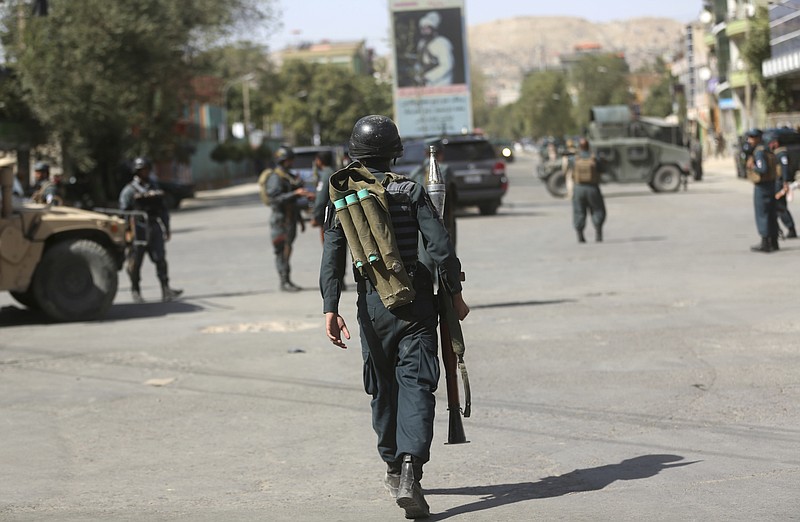When it comes to Afghanistan, we've tried everything. The lesson is: Nothing works.
We've tried "light footprint." From the initial defeat of the Taliban in 2001 until 2007, monthly U.S. troop numbers never exceeded 25,000. Result: a reconstituted Taliban, their leadership secure in Pakistan, made inroads into more than half of Afghanistan.
We've tried big footprint. Barack Obama ran for the presidency calling Afghanistan "a war that we have to win." After he came to office, he ordered a surge that brought force levels to 100,000, along with tens of thousands of NATO troops.
Result: The Taliban were pushed out of many of their strongholds, which were brought under government control. But because the surge had a predetermined deadline, the Taliban knew they could wait us out.
We've tried nation building. At least as of 2014, the United States had spent $104 billion on Afghan relief and reconstruction funds, most of it for security but also nearly $30 billion for "governance and development" and $7.5 billion on counternarcotics.
Result: As of 2015, more than 3 in 5 Afghans remained illiterate. Afghan security forces lost 4,000 members a month - less to the Taliban than to simple desertion. The country ranks 169th out of 176 countries on Transparency International's Corruption Perceptions Index, ahead of only Somalia, South Sudan, North Korea, Syria, Yemen, Sudan and Libya. Opium production is surging.
We've tried killing terrorists. Lots and lots of them. As many as 42,000 Taliban and other insurgents have been killed and another 19,000 wounded in fighting since 2001, according to one rough 2016 estimate. The United States has also carried out more than 400 drone strikes in Pakistan, decimating al-Qaida's core leadership.
Result: The Taliban's numbers in 2005 were estimated at anywhere between 2,000 and 10,000 fighters. Within a decade, those numbers had grown to an estimated 60,000 fighters.
We've tried diplomacy. Getting the Taliban to the table was one of John Kerry's core ambitions as secretary of state. Afghan President Ashraf Ghani and his predecessor, Hamid Karzai, both made clear they were eager to reach an accommodation.
Result: The Taliban launched a rocket attack aimed at Kerry during his visit to the country last year. The group's insistence that all foreign troops withdraw before it enters talks gives away its game, which isn't to share power with the elected government but to seize power from it.
President Donald Trump may think he's trying something new with his Afghan policy. He isn't. Obama killed a lot of terrorists. George W. Bush pursued what amounted to a "conditions-based" approach, without target dates for withdrawal. Both were often stern with Pakistan. Both conducted intensive policy reviews.
Trump may also think he's going to "win" in Afghanistan. That's not happening either, not in our lifetimes. Even if we could kill every insurgent tomorrow, they would return, as long as they can draw on the religious fanaticism of the madrassas, the ethnic ambitions of the Pashtun and the profits of the heroin trade.
A more forthright president might have leveled with the American people. We won't "win," at least as most of us imagine winning. But we can't leave, not least because it would create the kind of vacuum in Afghanistan that the Islamic State so swiftly filled, to such devastating local and international effect, in Syria and Iraq.
What can we do? With relatively modest troop increases, we can provide the elected Afghan government with sufficient military support to reverse some of the Taliban's recent gains and ensure that it cannot seize Afghan cities or control entire provinces. With relatively modest troop numbers, we can also try to keep U.S. casualties relatively low over time, avoiding the political race to the exits when combat fatalities rise.
Bottom line: We need an approach that's Afghan-sufficient, from a military point of view, and America-sustainable, from a political one, for the sake of an open-ended commitment to an ill-starred country from which there is no way out.
Trump, incredibly, may have alighted on the best of a bad set of Afghan options.
The New York Times
